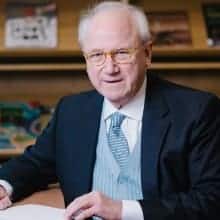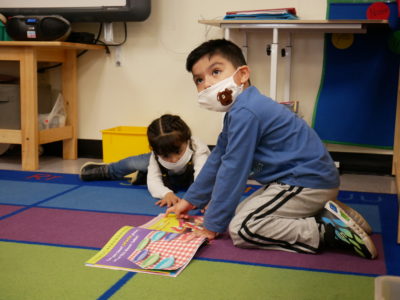
The presidents of the University of North Carolina System and the N.C. Community Colleges had good reason to smile Monday as they opened a pathway into the teaching profession. Acknowledging a “critical teacher shortage” in the state, UNC President Peter Hans and Community Colleges President Thomas Stith finalized an “articulation agreement” under which community college students would transfer into university teacher education programs.
Earlier, in another measure to make more adults available in front of classrooms, the General Assembly enacted legislation, signed by Gov. Roy Cooper, to provide high schools with “adjunct instructors.” Under this new law, professionals could become adjuncts by completing one semester of teacher preparation courses.
These two measures are not insignificant. They show officialdom addressing a real problem with consequences for K-12 students. And yet, they are measures at the margins. More crucial to filling schools with well-prepared educators is paying teachers as the professionals they are.
As the 2019 WestEd report credibly documented, North Carolina experienced a decline of 5% in total number of teachers over the decade before COVID hit — plus its mid-decade attrition rate was higher than the national average. Educators rallied valiantly when schools shifted from in-class to online, but the stress of dealing with the persistent pandemic raises concerns over further attrition.
WestEd also documented that “teacher compensation began falling in North Carolina after 2008, losing ground against both national benchmarks and the salaries in other southeastern states.” The website of the nonpartisan Southern Regional Education Board has a data dashboard with an analysis that North Carolina teachers earn 25.3% per week less than “similarly educated peers” — its pay gap wider than national and regional averages.
Even as they coped with the pandemic, North Carolina educators have gone without general salary increases for two years. Once again, as in 2019, teacher pay is central to the current budget negotiations between Republican lawmakers and the Democratic governor. The outlook is not strong for more than modest raises.
In their appropriations bill, Senate Republicans approved meager 1.5% average raises for each year of the biennium — thus slightly over 3% — plus a state-funded bonus of $300 and federal-funded bonus of $1,000 to $1,500. House Republicans approved average raises of a less-paltry 5.5% over the next two years, plus such features as a restoration of master’s degree pay and a signing bonus for teachers in rural schools.
Cooper has proposed teacher pay increases averaging 10% over two fiscal years, along with a series of bonuses adding up to $4,000. Although the legislature is unlikely to adopt his proposal, the Democratic governor will face pressure to avoid another budgetary stalemate, especially if lawmakers move in the direction of the House position.
It is unrealistic to expect closing the pay gap in a single budget. The need is for a decade-long initiative to put North Carolina on a trajectory toward treating educators as professionals, paying them in line with comparable professionals, and thus enticing more highly capable people into classrooms.
The nonpartisan, nonprofit RAND Corporation, a powerhouse in policy research, makes the point that teachers matter in elevating students. “Many factors contribute to a student’s academic performance, including individual characteristics and family and neighborhood experiences,” says RAND. “But research suggests that, among school-related factors, teachers matter most. When it comes to student performance on reading and math tests, teachers are estimated to have two to three times the effect of any other school factor, including services, facilities, and even leadership.”
Enlarging the corps of well-prepared, professionally-compensated public school educators is not simply responding to the special interests of teachers. Ultimately it’s about the enriching the economic, civic, and emotional lives of young North Carolinians.




